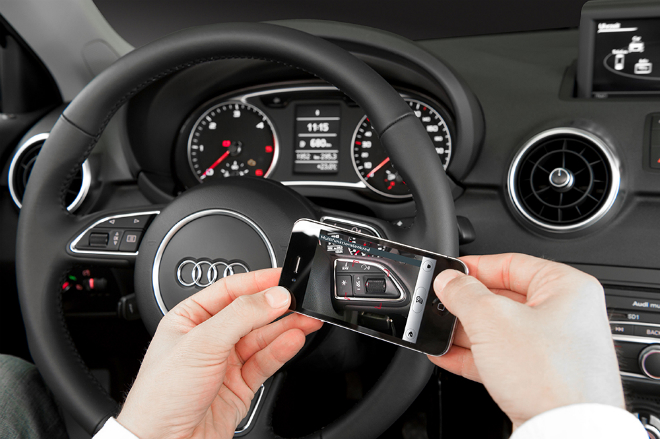Going beyond the vacation program with dynamic status
Submitted by brad on Tue, 2013-09-03 21:18I'm back from Burning Man, and this year, for the first time in a while, we didn't get internet up in our camp, so I only did occasional email checks while wandering other places. And thus, of course, there are many hundred messages backed up in my box to get to. I will look at the most important but some will just be ignored or discarded.
We all know it's getting harder and harder to deal with email backlog after travel, even connected travel. If you don't check in it gets even worse. Vacation autoreplies can help a little, but I think they are no longer enough.





 There were reports on efforts in Europe and Japan. In both cases, government involvement is quite high, with large budgets. On the other hand, this seems to have led in most cases to more impractical research that suggests vehicles are 1-2 decades away.
There were reports on efforts in Europe and Japan. In both cases, government involvement is quite high, with large budgets. On the other hand, this seems to have led in most cases to more impractical research that suggests vehicles are 1-2 decades away. I would hardly call it a theme, but two speakers expressed fairly negative comments about Google's efforts, raising some interesting subjects. (As an important disclaimer, the Google car team is a consulting client of mine, but I am not their spokesman and the views here do not represent Google's views.)
I would hardly call it a theme, but two speakers expressed fairly negative comments about Google's efforts, raising some interesting subjects. (As an important disclaimer, the Google car team is a consulting client of mine, but I am not their spokesman and the views here do not represent Google's views.)